Tim Tucker 2
No longer a newbie, moving up!
- Joined
- Jun 8, 2017
- Messages
- 333
- Reaction score
- 241
- Can others edit my Photos
- Photos OK to edit
This is reproduced from my blog page, really just my observations and me defining my photography, it's not here to tell you how to define your's. The B&W are all shot with my Linhof Technika IV on 5"x4" FP4. They represent the other three exposures I made that week and complete the set:
We do not really know the purpose of the Callanish Standing Stones other than they were erected by humans, we may try to explain them but their meaning is lost. They remain though a human response, one guided more by belief and significance in what the people who erected them understood and observed. As such have far more in common with sculpture and how it communicates their relationship with the land than they do with say the invention of the wristwatch and it’s significance as a measuring device. In this really lies their power to impress and amaze. They still communicate a human presence and understanding, not a scientific one. Perhaps this was always closer to their purpose. It’s a response that we do not understand because it is one we have never experienced and never will in our age of understanding. And in that there is a mystery surrounding this monument. It adds a power to the place, a depth we can’t quite reach.

Callanish Standing Stones 1
As I shot these images I saw a number of people come and shoot their digital captures. Captivated by it they came, they pointed their cameras and they shot, what are probably some great compositions but in flat light. I wanted to shout, “wait!” Just a moment or two, wait and look. They may be small to us, compared to the average shopping mall, but in their time they must have looked grand and majestic. I wanted a view that expressed that, one that captured the volume and space the stones occupied. For that I needed light so I waited.

Callanish Standing Stones 2
It was a day of 7/8ths cloud cover, but as the clouds formed and broke over the land they did so over the stones. So I waited for the clouds to break and the light to reveal more of the form of the stones. In Callanish1 I specifically wanted the light on the edge of the centre stone to show it’s shape and slightly curved nature, I wanted it to have 3 dimensions. I wanted the oblique light on some to balance to ones that would be in shadow. I loved the weathering on the stones, almost as if they were growing older themselves and didn’t want it lost in flat, diffuse light but brought out in relief. I was there for over an hour to expose 4 plates catching two brief moments of light. I think I was the only photographer in that hour who did.
Some much younger photographers than myself arrived when I was packing up, saw the camera and commented, “I’d love to see the images, cool camera.”
I replied, “you’ll have to wait.”

Early Morning Surf, Dalmore Beach
I wasn’t sure quite how this would turn out as it’s always a bit of a lottery with longer exposures simply because they present a view that’s not visible to you as the observer. That it presents something different to the observer doesn’t automatically elevate it to artistic, or artistic vision but merely de-familiarizes it. I liked the idea of how the constant motion of the water erodes and shapes the land. To be honest it is a fair attempt though doesn’t really jump off the page. But I also made a mistake in the exposure, or to be more precise I failed to anticipate how the exposure I gave would come out.
Shot in the early morning light while the sun was still behind banks of haze and cloud the shadows indicated an exposure of 2 seconds so allowing for reciprocity I gave 4 seconds. The highlights came out quite over-exposed. I fully understood that the crashing surf would render most of the sea as white in the finished print, but failed to allow for the reciprocity differential between highlight and shadow. The mid-tones at 2 seconds required extra exposure because the low levels of light slows the reaction in the film emulsion. The highlights at three stops above that however, don’t. By giving the shadows that extra exposure where they needed it I also over-exposed the highlights by a stop. Combined with me giving the negatives increased development for scanning I recorded the shadows well but turned the highlights from a zone VIII to a zone X. Though I was able to recover those highlights because of the nature of film in pushing them I also exposed, or exaggerated the slight flaws in the development that are normally invisible. Had I thought about it I would’ve given the neg less development and all would’ve been fine.
Lessons learnt? There is a useful gain or increase of separation between shadows and highlights with film and exposures around the 1 second mark, and film doesn’t have the exposure latitude that some suggest. Less than optimum noticeably degrades the result, something I always worked to but was questioning because of some *expert* internet opinion…
We do not really know the purpose of the Callanish Standing Stones other than they were erected by humans, we may try to explain them but their meaning is lost. They remain though a human response, one guided more by belief and significance in what the people who erected them understood and observed. As such have far more in common with sculpture and how it communicates their relationship with the land than they do with say the invention of the wristwatch and it’s significance as a measuring device. In this really lies their power to impress and amaze. They still communicate a human presence and understanding, not a scientific one. Perhaps this was always closer to their purpose. It’s a response that we do not understand because it is one we have never experienced and never will in our age of understanding. And in that there is a mystery surrounding this monument. It adds a power to the place, a depth we can’t quite reach.
Callanish Standing Stones 1
As I shot these images I saw a number of people come and shoot their digital captures. Captivated by it they came, they pointed their cameras and they shot, what are probably some great compositions but in flat light. I wanted to shout, “wait!” Just a moment or two, wait and look. They may be small to us, compared to the average shopping mall, but in their time they must have looked grand and majestic. I wanted a view that expressed that, one that captured the volume and space the stones occupied. For that I needed light so I waited.
Callanish Standing Stones 2
It was a day of 7/8ths cloud cover, but as the clouds formed and broke over the land they did so over the stones. So I waited for the clouds to break and the light to reveal more of the form of the stones. In Callanish1 I specifically wanted the light on the edge of the centre stone to show it’s shape and slightly curved nature, I wanted it to have 3 dimensions. I wanted the oblique light on some to balance to ones that would be in shadow. I loved the weathering on the stones, almost as if they were growing older themselves and didn’t want it lost in flat, diffuse light but brought out in relief. I was there for over an hour to expose 4 plates catching two brief moments of light. I think I was the only photographer in that hour who did.
Some much younger photographers than myself arrived when I was packing up, saw the camera and commented, “I’d love to see the images, cool camera.”
I replied, “you’ll have to wait.”
Early Morning Surf, Dalmore Beach
I wasn’t sure quite how this would turn out as it’s always a bit of a lottery with longer exposures simply because they present a view that’s not visible to you as the observer. That it presents something different to the observer doesn’t automatically elevate it to artistic, or artistic vision but merely de-familiarizes it. I liked the idea of how the constant motion of the water erodes and shapes the land. To be honest it is a fair attempt though doesn’t really jump off the page. But I also made a mistake in the exposure, or to be more precise I failed to anticipate how the exposure I gave would come out.
Shot in the early morning light while the sun was still behind banks of haze and cloud the shadows indicated an exposure of 2 seconds so allowing for reciprocity I gave 4 seconds. The highlights came out quite over-exposed. I fully understood that the crashing surf would render most of the sea as white in the finished print, but failed to allow for the reciprocity differential between highlight and shadow. The mid-tones at 2 seconds required extra exposure because the low levels of light slows the reaction in the film emulsion. The highlights at three stops above that however, don’t. By giving the shadows that extra exposure where they needed it I also over-exposed the highlights by a stop. Combined with me giving the negatives increased development for scanning I recorded the shadows well but turned the highlights from a zone VIII to a zone X. Though I was able to recover those highlights because of the nature of film in pushing them I also exposed, or exaggerated the slight flaws in the development that are normally invisible. Had I thought about it I would’ve given the neg less development and all would’ve been fine.
Lessons learnt? There is a useful gain or increase of separation between shadows and highlights with film and exposures around the 1 second mark, and film doesn’t have the exposure latitude that some suggest. Less than optimum noticeably degrades the result, something I always worked to but was questioning because of some *expert* internet opinion…


![[No title]](/data/xfmg/thumbnail/41/41795-6bc3a19e590a6be6bd169ab2acaee30d.jpg?1619739896)
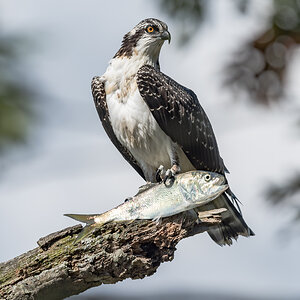
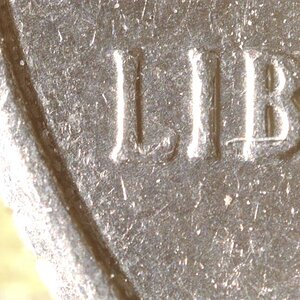

![[No title]](/data/xfmg/thumbnail/36/36654-55e621bd8f3203cdd106e3764c553c4d.jpg?1619737673)
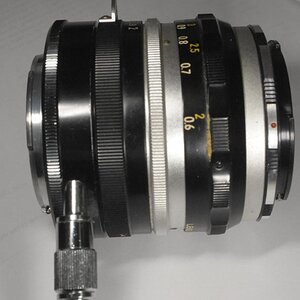
![[No title]](/data/xfmg/thumbnail/40/40287-4f839095000f74d779b90ed75df9dc62.jpg?1619739408)
![[No title]](/data/xfmg/thumbnail/36/36651-948fc64542c147745d3f3c48bce31dce.jpg?1619737673)
![[No title]](/data/xfmg/thumbnail/33/33031-909b1e1ff8739eef165c60b70c9a6a38.jpg?1619735845)
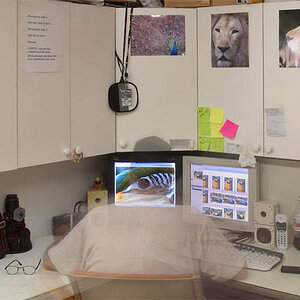
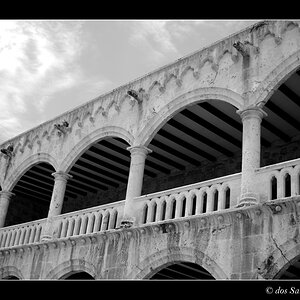
![[No title]](/data/xfmg/thumbnail/33/33362-84aacb865117bf8cba89104b89e9b36c.jpg?1619735927)